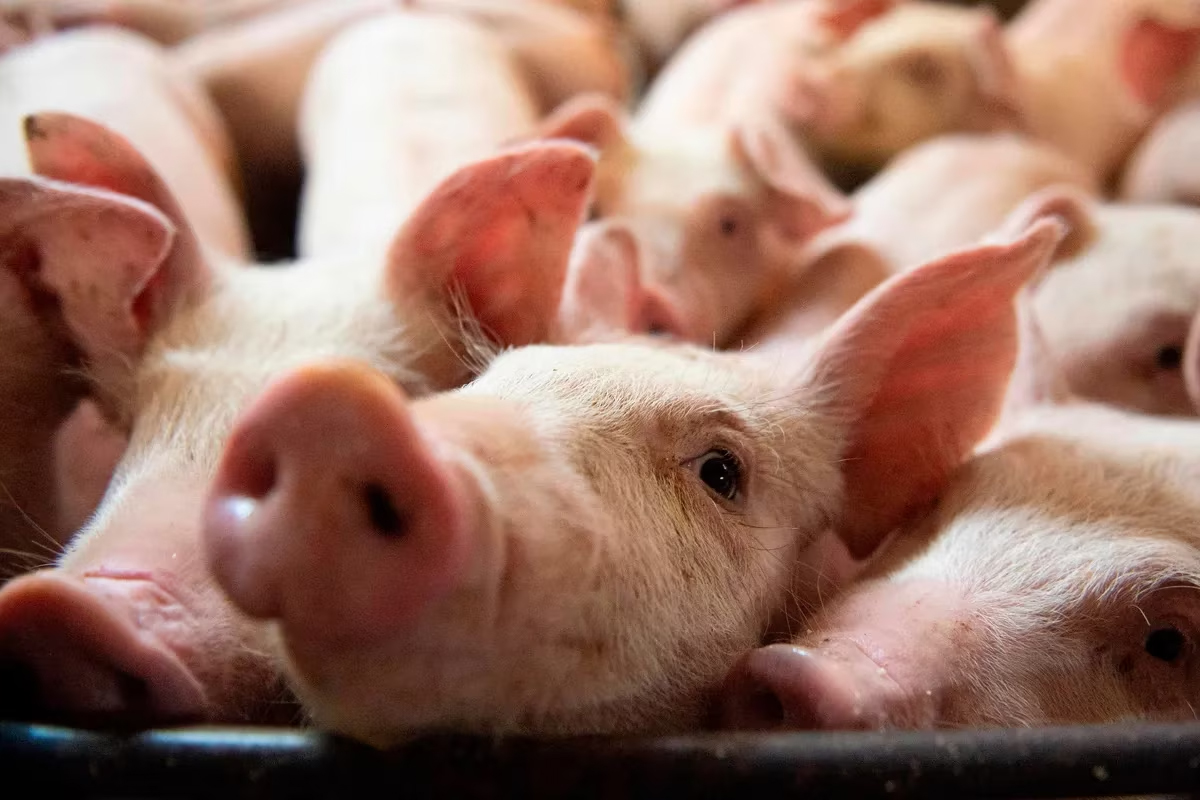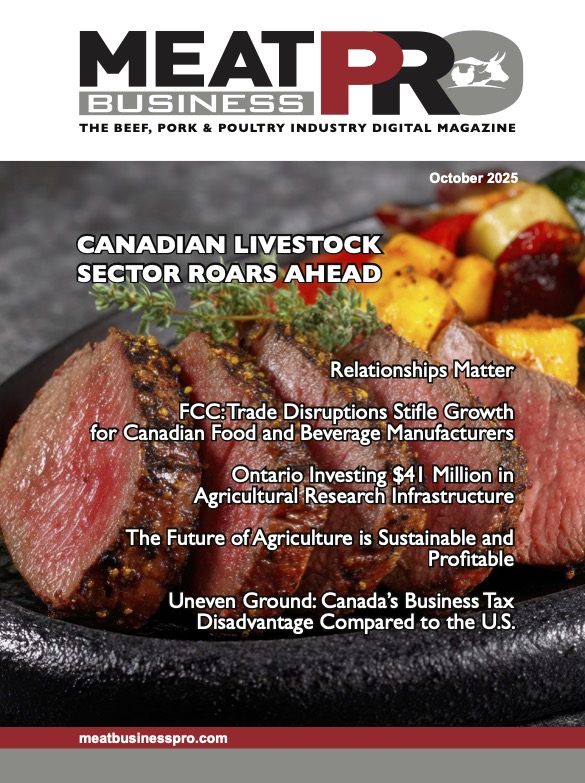Once a success story, Canada’s pork industry faces a painful reckoning

The Canadian pork industry used to be an agri-food success story
by Konrad Yakabuski – The Globe and Mail
Unshackled by the chains of supply management that protected Canada’s dairy and poultry industries from foreign competition but largely blocked their access to external markets, Canadian pork producers and processors bet heavily on globalization in recent years.
Pork exports soared – especially to the United States, China and Japan – reaching almost $5-billion in 2021. Canada became the third-largest exporter of raw and frozen pork products, with the volume of exports rising fourfold since 1990. Critics of supply management pointed to the pork industry’s success as an argument in favour of free markets.
That was then.
“While industry players are optimistic conditions could improve later this year, tough choices face many farmers who continue to lose money on every hog they sell”Canada’s pork industry is now at a crossroads after a disastrous couple of years marked by on-again-off-again access to the Chinese market, fierce competition from European and U.S. farmers, weak global prices and soaring feed and production costs. Many pig farmers are struggling to survive, while major processors are swimming in red ink.
In April, Quebec-based Olymel announced the year-end closing of its plant in Vallée-Jonction, Que., putting almost 1,000 employees out of work and slashing its overall slaughter capacity in the province to 81,000 from 140,000 hogs a week. Olymel, which is owned by the Sollio Groupe Coopératif, cited “unprecedented negative conditions” that led to losses of more than $400-million in its fresh pork division in the previous two years.
In May, Toronto-based Maple Leaf Foods reported a $57.7-million first quarter loss, compared with a profit of $13.7-million in 2022, citing continued “dislocation” in the pork sector. “Pork market conditions clearly continue to be the headline,” chief executive Curtis Frank said. “The spread between the cost of raising a hog and the value of its meat is still significantly negative, and we don’t see that abating in” the second quarter.
While industry players are optimistic conditions could improve later this year, tough choices face many farmers who continue to lose money on every hog they sell. Provincial income stabilization programs have helped cushion the blow. But most experts think Canada needs to dramatically slash the number of hogs it produces to restore balance to the sector. Canadian processors slaughtered 21.7 million hogs in 2022, down only slightly from 2021.
In May, Olymel announced the closing of five sow units in Alberta and Saskatchewan, leading to a net reduction of about 200,000 hogs being sent to its processing plant in Red Deer, Alta., in 2024. But that move alone will likely not be enough.
“Over the past two years, it is well documented that Olymel has experienced significant losses in the processing of fresh pork as a result of limited market access globally,” CEO Yanick Gervais said. “Now coupled with stubbornly high feed costs resulting in unprecedented losses in the hog sector, we have little choice but to retract and position ourselves for success in the future when conditions improve.”
Pork producers and processors alike are banking on a rebound in exports to China, which blocked Canadian pork imports for several months in 2019 because of what it said was a banned additive, though most observers saw the move as a retaliation against Canada for the arrest of Huawei executive Meng Wanzhou.
Still, while exports to China are up so far this year, it is not clear if Canadian producers can count on growth in that market as China ramps up domestic pork production. The country has drawn attention for its industrial 20-plus-storey “pig barns,” which each pump out more than a million hogs a year, as it seeks to reduce dependence on imports.
Canadian Pork Council chairman René Roy, whose family runs a pork and dairy farm in Quebec’s Beauce region, is not about to throw in the towel.
“We have been through a really tough period,” he said in an interview. “If the market is sending the signal that we need to reduce production, let’s do it in an orderly way. But with the land base we have in Canada, I do not see how we don’t have a role in feeding the world. We have one of the most sustainable pork industries in the world.”
The CPC, an umbrella group representing provincial pork federations, wants Ottawa to be more aggressive on the trade front, especially in tackling non-tariff barriers in Europe that continue to stymie Canadian producers despite the adoption of the Comprehensive Economic and Trade Agreement between Canada and the European Union. The council opposes Britain’s entry into the Comprehensive and Progressive Agreement for Trans-Pacific Partnership unless that country removes non-tariff barriers that have blocked Canadian meat products from entering its market.
The Canadian pork industry’s boom-and-bust experience is a painful lesson in the risks and perils of free markets in agriculture. Not a hard enough one to make supply management look like a better economic model. But a painful lesson nonetheless.
Follow Konrad Yakabuski on Twitter: @konradyakabuski











